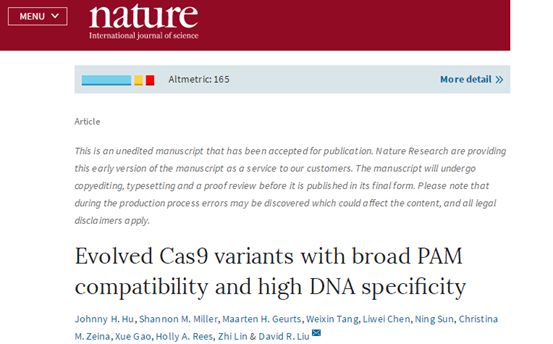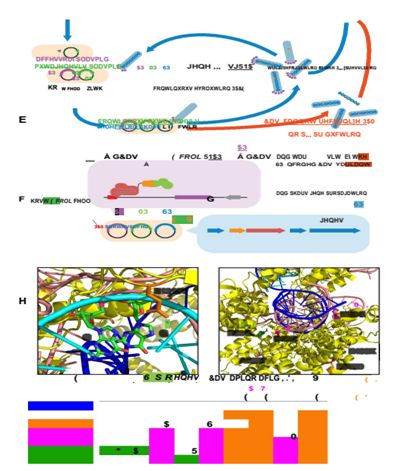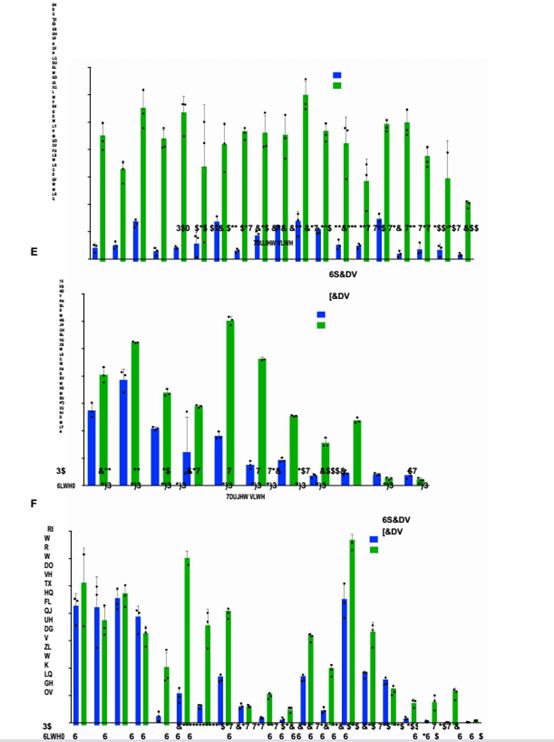Release date: 2018-03-06 The research team led by David Liu, a chemical biologist at Harvard University, has designed a new enzyme called xCas9 that can more and more effectively modify the sites in the genome, thereby improving the utility of CRISPR-Cas9 while reducing the risk of off-target. . The results of the study were published in the February 28 issue of "Nvol" under the title "Evolved Cas9 variants with broad PAM compatibility and high DNA specificity". The targeting specificity of CRISPR is determined by two parts, one is the base pairing ability between the RNA chimera and the target DNA, and the other part is the protospacer adjacent motif (PAM) which is found by the Cas9 protein on the 3' end of the target DNA. ) The ability to recognize DNA sequences. PAM is usually composed of three bases of NGG (N is an arbitrary base). When the virus invades, the proteins encoded by Cas1 and Cas2 will scan the foreign DNA and recognize the PAM region, and then use the DNA sequence adjacent to the PAM as a candidate original spacer sequence. Subsequently, the Cas1/2 protein complex cleaves the original spacer sequence from the foreign DNA and inserts the original spacer sequence downstream of the leader region of the adjacent CRISPR sequence with the assistance of other enzymes. Different Cas9s have different recognition capabilities. Currently, the most commonly used experimental Cas9 is isolated from Streptococcus pyogenes, called spCas9, which in the human genome with 3.2 billion base pairs can only correctly recognize 1/16 of them. This is the real limitation of the CRISPR-Cas9 technology. Liu and his team made a slight change to spCas9, forcing spCas9 to rapidly expand in the laboratory, accumulate mutations, and then recognize various PAM sequences and cleave adjacent DNA. They eventually acquired xCas9, which more widely recognizes different PAMs, increasing Cas9's recognition capabilities by at least 4 times. The researchers tested the enzyme and combined it with the base editor. They found that the altered xCas9 not only improved the utility of CRISPR-Cas9, but also reduced the ability to cut, even reducing the risk of off-target. Achieved a win-win situation. Continuous evolution of Cas9 with wider PAM compatibility Evolutionary transcriptional activation and genomic DNA cleavage of xCas9 in human cells On the other hand, Prashant Mali, a bioengineer at the University of California, San Diego, said the same approach could be used to alter other variants of the Cas9 enzyme, including some of the relatively small Cas9 proteins that are promising for gene therapy. He said that those proteins tend to have more restrictive PAM sequences. If this technology is successfully applied, gene therapy will be a great boon! Stanley Qi, a synthetic biologist at Stanford University in California, called the work "a dazzling" and said his team was eager to apply the results in the experiment. xCas9 has a wider range of PAM recognition and higher specificity, which is enough to excite scientists, but more tests are still needed before the potential of this technology is fully explored. references: 1.Powerful enzyme could make CRISPR gene-editing more versatile 2.Evolved Cas9 variants with broad PAM compatibility and high DNA specificity Source: Translational Medicine Network Eyeliner,White Eyeliner,Nyx Eyeliner,Liquid Eyeliner Guangzhou Lingxue Cosmetics Co., Ltd , https://www.gzlxgj188.com

